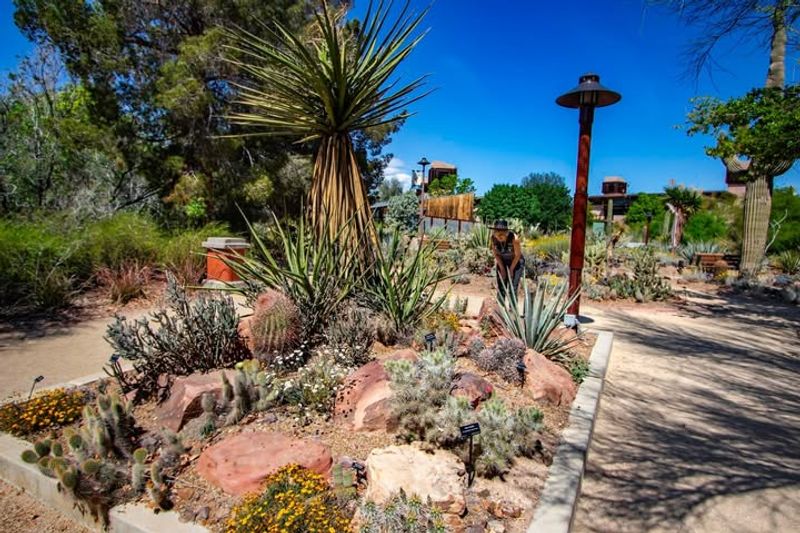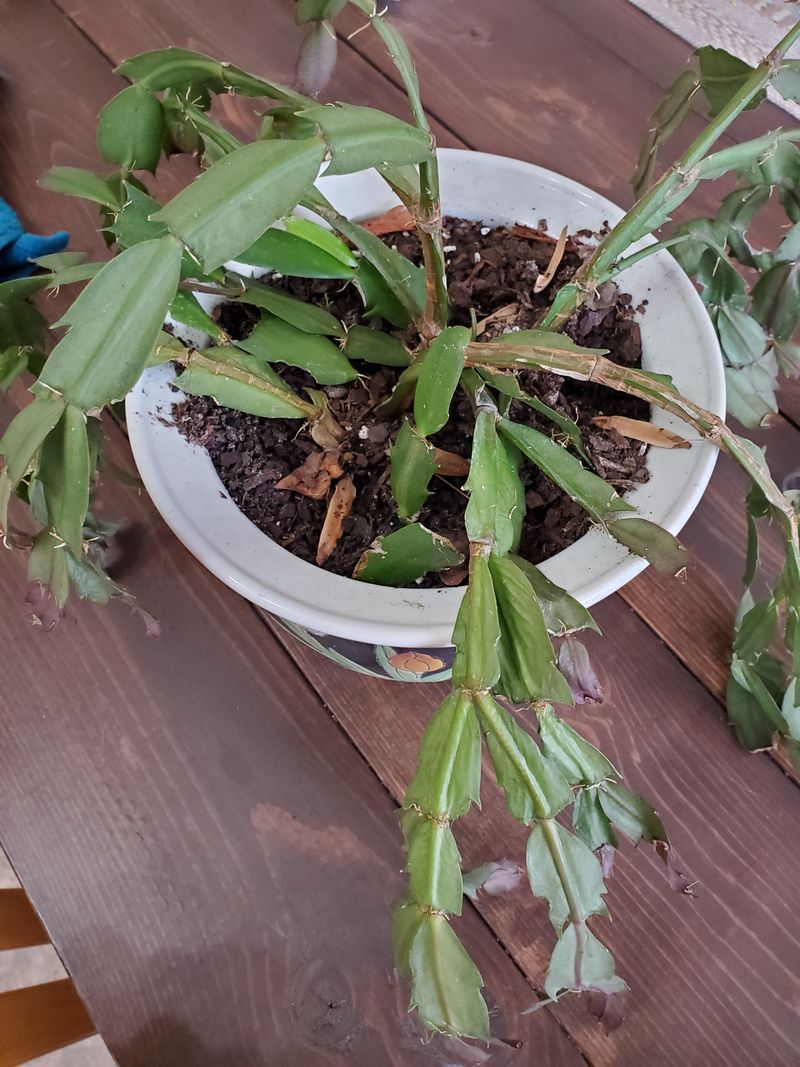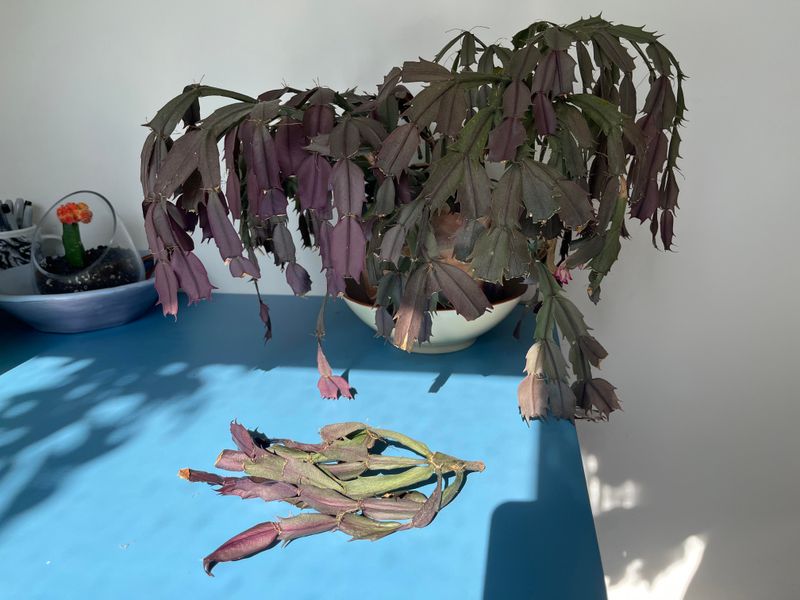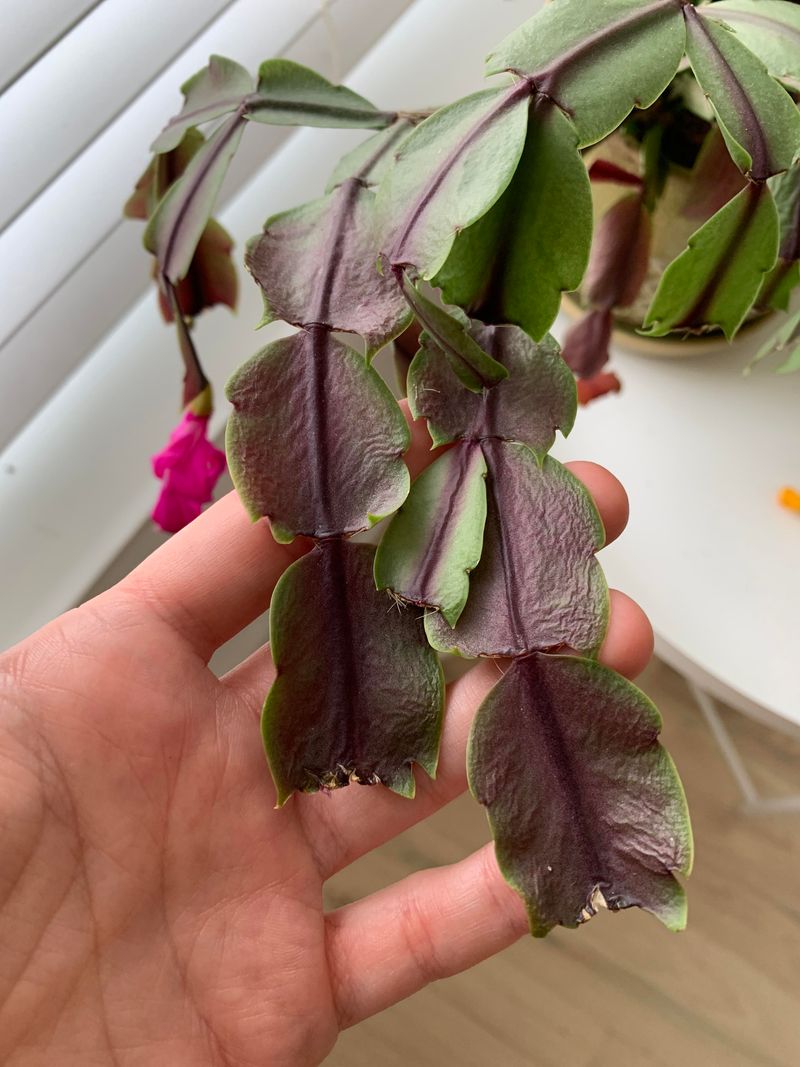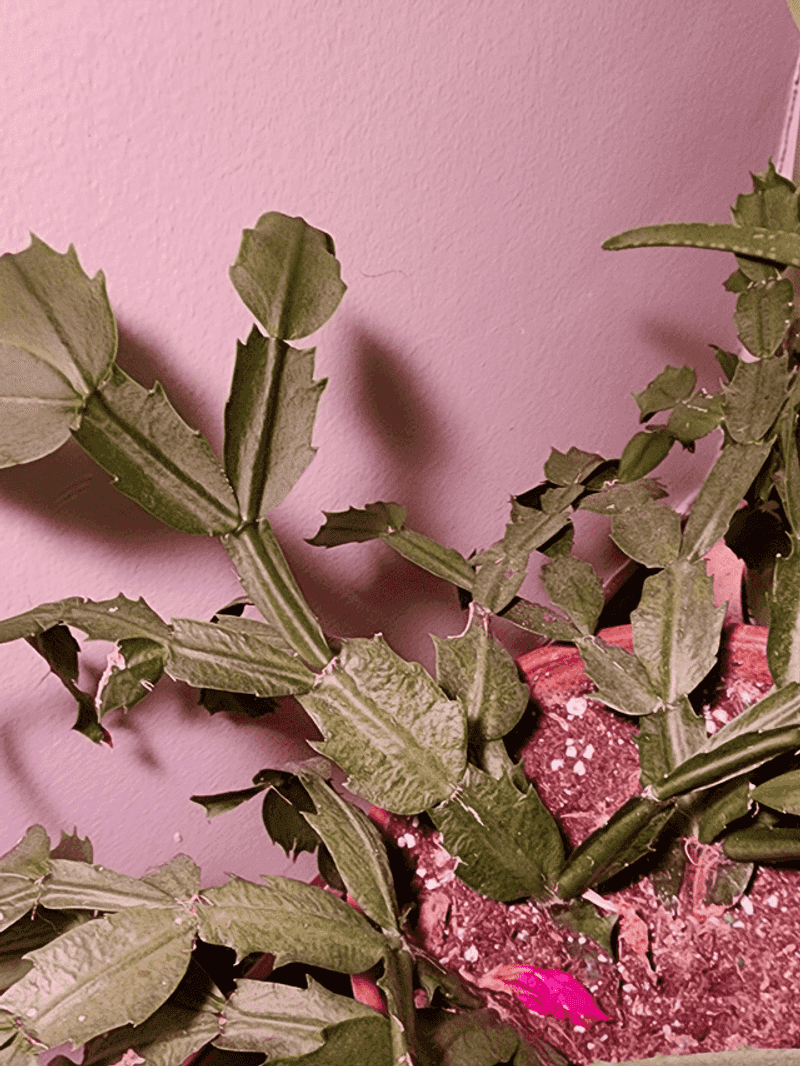December in Nevada dries the air to a level that can catch any Christmas cactus owner off guard.
Heaters hum, cold winds sweep through, and moisture slips away faster than you can blink.
That shift turns cozy spaces into parched pockets that challenge even the toughest holiday houseplants.
Anyone who hopes for bright blooms soon learns that this season plays by desert rules—and those rules come with a serious humidity drop.
Desert Climate Dominates The Region
Nevada sits right in the heart of the Mojave Desert, where rainfall is scarce year-round.
Natural humidity levels hover around 20-30% even without human interference.
During December, cold air holds even less moisture than warm air, making the atmosphere incredibly dry.
Your Christmas cactus, which evolved in Brazilian rainforests, struggles to adapt to these harsh desert conditions.
The geographical location alone creates a challenging environment for moisture-loving plants throughout the entire state.
Indoor Heating Systems Strip Moisture Away
When temperatures drop outside, furnaces kick into high gear inside Nevada homes.
Forced-air heating systems circulate warm air that rapidly evaporates any existing moisture in your living spaces.
Running your heater constantly throughout December can drop indoor humidity below 15%, creating a virtual desert inside your house.
Christmas cacti near heating vents suffer the most, with their leaves becoming shriveled and droopy.
Balancing warmth and humidity becomes a daily challenge for plant lovers.
Winter Air Naturally Holds Less Water
Cold air molecules pack together more tightly than warm ones, leaving less space for water vapor.
December brings Nevada’s coldest temperatures, meaning the outdoor air carries minimal moisture regardless of other factors.
When this frigid air enters your home and gets heated, the relative humidity plummets dramatically.
Think of it like spreading a small amount of butter over a huge piece of toast—there’s just not enough moisture to go around.
Physics works against your plant’s needs.
Lack Of Natural Water Sources Nearby
Unlike coastal or lakeside regions, most Nevada communities sit far from large bodies of water.
Lakes and oceans naturally release moisture into the air through evaporation, creating more humid environments.
Nevada’s few water sources, like Lake Tahoe or Lake Mead, only affect humidity in their immediate surroundings.
The majority of the state remains bone-dry with nothing to replenish atmospheric moisture.
Your Christmas cactus misses the tropical humidity that ocean breezes would provide in other locations.
High Elevation Reduces Atmospheric Pressure
Much of Nevada sits at elevations between 4,000 and 6,000 feet above sea level.
Higher altitudes mean lower atmospheric pressure, which allows water to evaporate more quickly from soil, plants, and even your skin.
Your Christmas cactus loses moisture through its leaves faster at these elevations than it would at sea level.
The combination of low pressure and dry air creates a double challenge for tropical plants.
Elevation amplifies every other humidity problem facing Nevada gardeners.
Limited Precipitation During Winter Months
December typically brings Nevada less than half an inch of precipitation, with some areas receiving virtually nothing.
Without regular rain or snow, there’s no natural source to replenish moisture in the air.
Other regions experience winter storms that temporarily boost humidity levels, giving plants a break from dry conditions.
Nevada’s winter weather patterns bypass the state, leaving continuous dry spells that last weeks or months.
Your Christmas cactus never gets the atmospheric relief it desperately needs.


